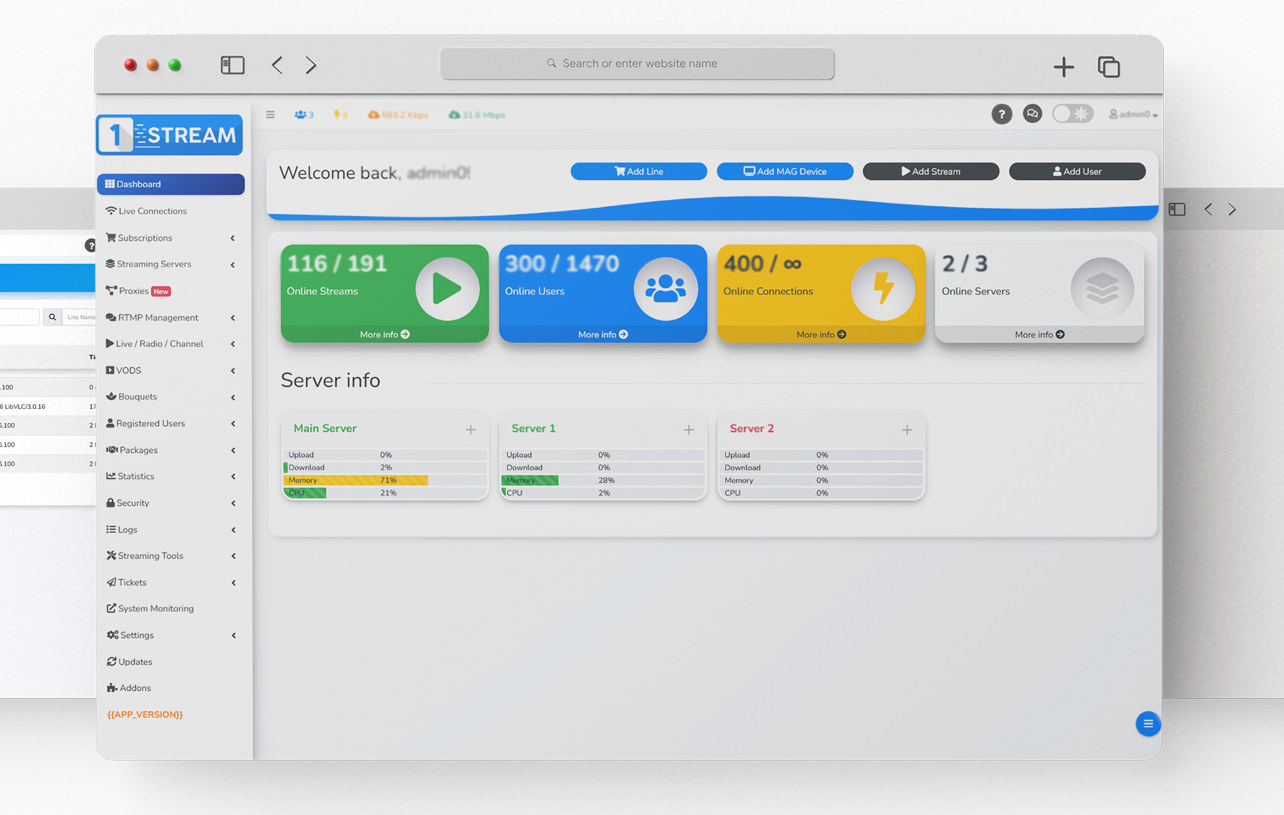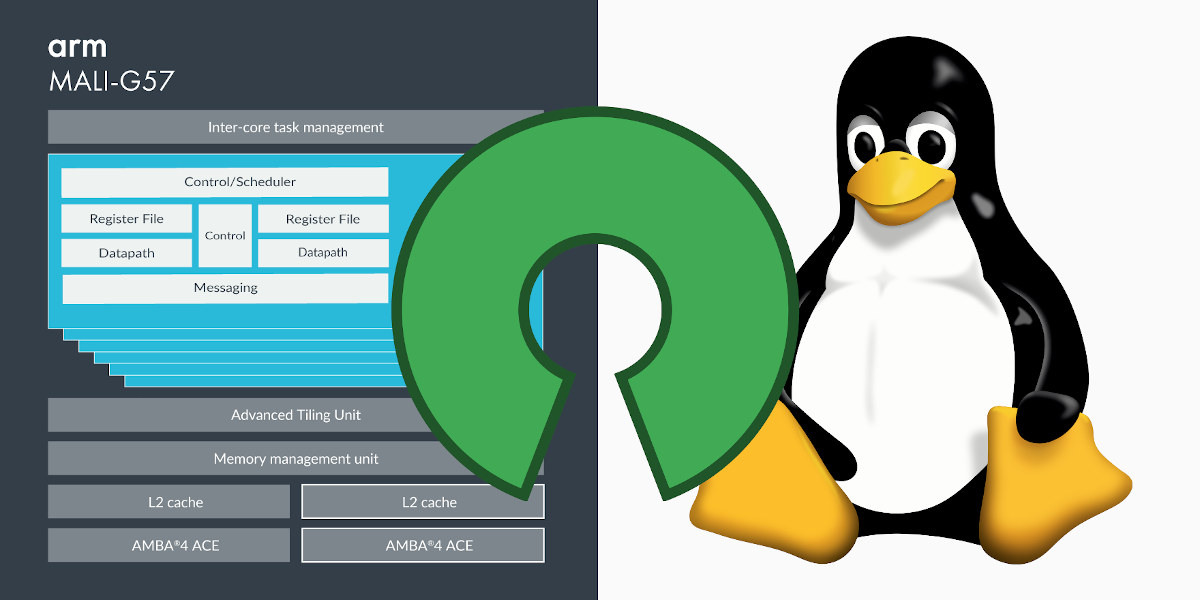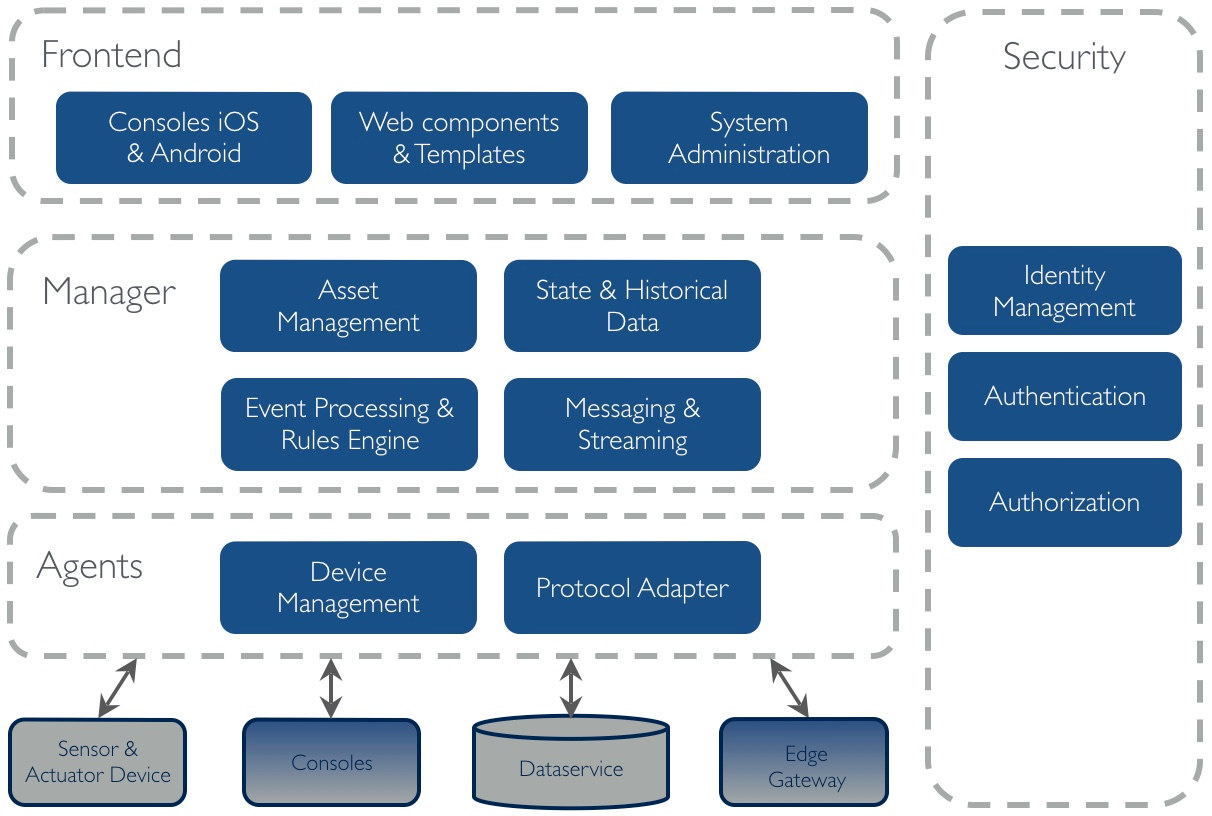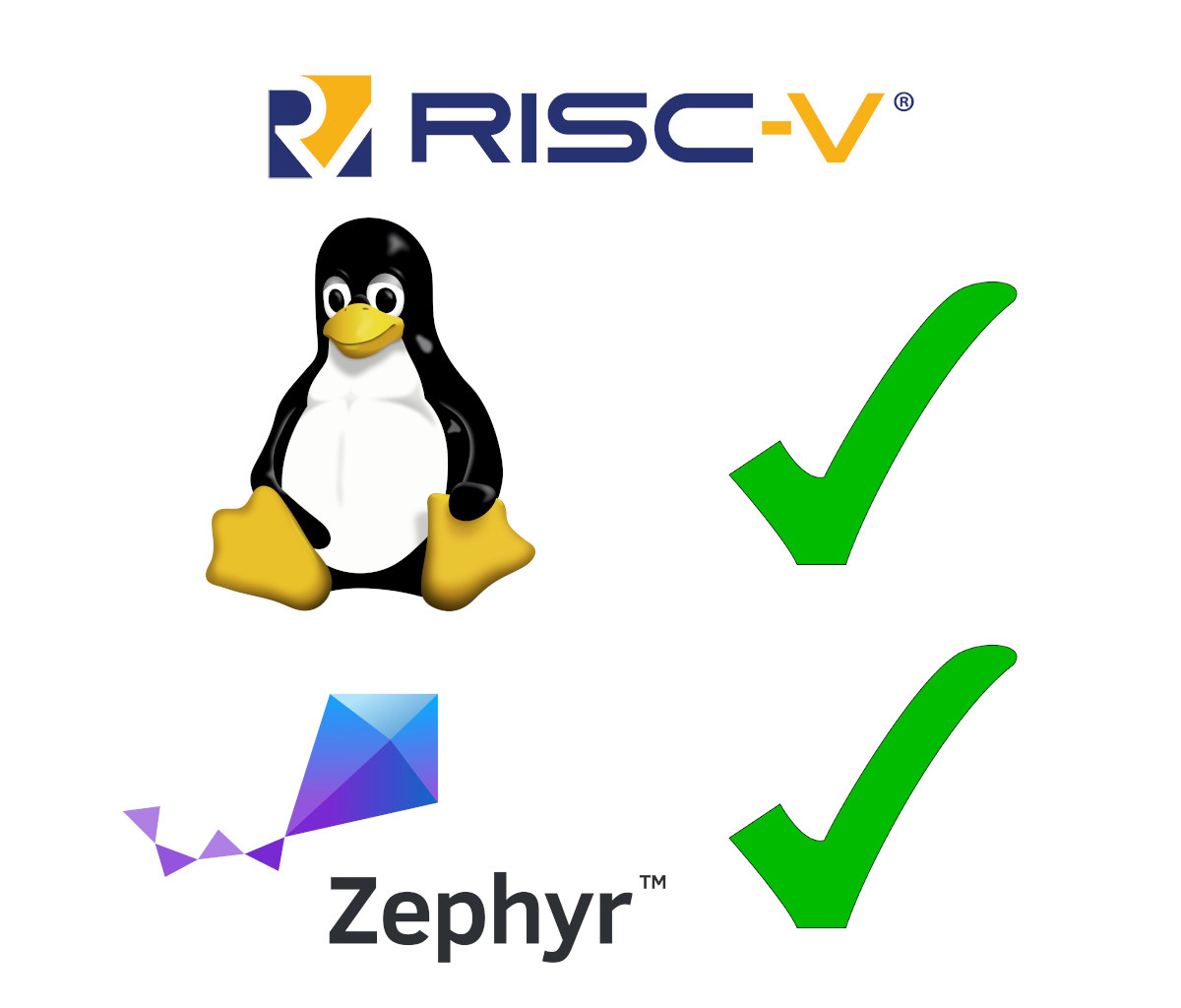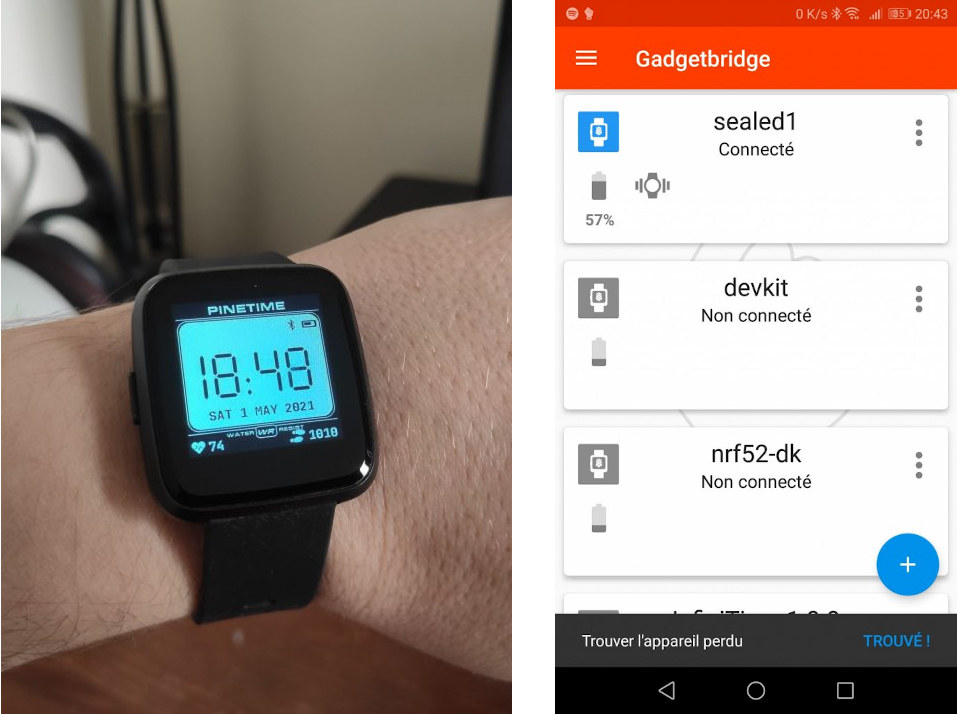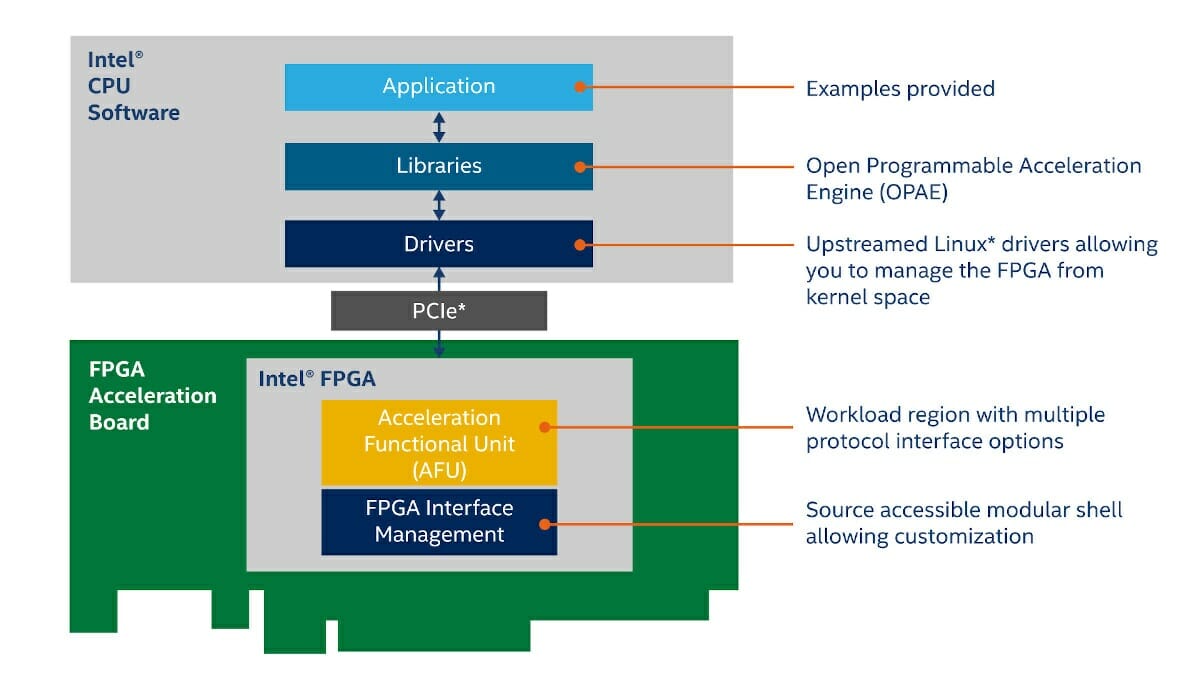Avnet has just released a survey of global engineers asking them how they were coping with the global chip shortage, longer lead times, and the impact on product design. Note that most of the 530 respondents are from EMEA (56%), and the US (31%), while only 10% are in Asia, and 2% are in Japan (I understand Asia means ex-Japan here), so it may not perfectly reflect the global situation, but the results are interesting nonetheless. If times have been challenging for your company/project, know that you are not alone, and 98% percent of respondents have had troubles accessing parts, 93% has experienced longer lead times, 73% of the survey respondents say the chip shortage presents a significant challenge, and 64% are now selecting parts based on availability rather than preference. Microcontrollers are the most challenging part to get hold of (think STM32), which has led to an increase in […]
1-Stream IPTV streaming software offers an alternative to Xtream Codes
1-Stream is an IPTV streaming platform with smart load balancing that allows providers to scale their service and integrates geo-location to ensure content delivery from the closest available server for quicker load times and less buffering. One popular professional IPTV platform used to be Xteam Codes for which I wrote a detailed four-part review but they started having trouble on September 18, 2019 with Xtream Codes IPTV Panels having a legal dispute related due to piracy, despite not providing any streams, and it seems they may never come back online, as their latest update contesting the claims date from January 2021. A lot has happened during these two and a half years in the IPTV scene with many alternatives, most of them with another similar name but based on almost the same old, PHP-based vulnerable platform found in the former Xtream Codes Panel version 2.9.3, which could never provide good […]
Speeding up open-source GPU driver development with unit tests, drm-shim, and code reuse
Getting an Arm platform that works with mainline Linux may take several years as the work is often done by third parties, and the silicon vendor has its own Linux tree. That means in many cases, the software is ready when the platform is obsolete or soon will be. It would be nice to start software development before the hardware is ready. It may seem like a crazy idea, but that’s what the team at Collabora has done to add support for Arm “Valhall” GPUs (Mali-G57, Mali-G78) to the Panfrost open-source GPU driver. The result is that it only took the team a few days to successfully pass tests using data structures prepared by their Mesa driver and shaders compiled by their Valhall compiler after receiving the actual hardware thanks to the work done in the last six months. So how did they achieve this feat exactly? We have to […]
OpenRemote fully open-source IoT platform targets OEMs and DIY projects
OpenRemote claims to be a 100% open-source IoT platform suitable for DIYs as well as OEMs. The asset management platform can help with the tracking of vehicle fleets, energy systems, or crowds, help to build smart cities, smart buildings, smart airports, and more. While most cloud IoT platforms rely on open-source tools, the software hosted on the providers’ servers is usually closed-source as we’ve seen in our comparison between Microsoft Azure IoT, Balena, and Particle, but OpenRemote is different will the full stack being released under an AGPLv3 open source license. OpenRemote 3.0 software is comprised of four main blocks: The Frontend is comprised of Consoles (native iOS and Android apps), Web components and Templates, as well as a System Administration interface used to create dashboards and control panels. Manager – headless Java application to capture the current asset states and includes Asset Management, State & Historical Data, Event Processing […]
The RISC-V Platform Specification aims to ensure RISC-V hardware and software compatibility
The RISC-V platform specification aims to define a set of rules to make sure operating systems like Linux or the Zephyr Project can boot properly on all RISC-V hardware compliant with the specs. If you’ve ever worked with the Arm Linux kernel over ten years ago, you may remember board files, which were replaced by device tree bindings, and eventually, Arm defined several standards culminating with Arm SystemReady certifications allowing compliant Arm platforms to boot off-the-shelf OS images like in the x86 world. While we are probably a long way from a “RISC-V SystemReady” platform certification program, the RISC-V platform specification is currently being worked on to define requirements for two types of platforms with optional extensions: OS-A Platform: This specifies a rich-OS platform for Linux/FreeBSD/Windows…flavors that run on enterprise and embedded class application processors. Current extension: Server Extension M Platform – This specifies an RTOS platform for bare-metal applications […]
Why you should request open-source software for your IoT devices
I usually think of open-source hardware and/or software are enabling skilled people to more easily fix bugs, improve on the design, get feedback from the community, etc… But in a world where IoT devices become more prevalent, there’s another reason why you should request open-source software: Long term support. What made me think about are two things. The first one if that I own WeLoop Hey 3S smartwatch, which I love and wear since March 2018. That’s quite a feat since most cheap devices I own often only last a few months or a year or so. I’m also used to the watch face and Weloop app interface. So what’s the problem exactly? WeLoop company closed on December 31, 2019, and while the app worked fine for about a year after that, recently I have been unable to login to the app to access my data and/or update settings for […]
Intel unveils eASIC N5X Structured ASIC, and the Open FPGA Stack
Intel’s virtual FPGA Technology Day 2020 is taking place today, and the company made two announcements before the event. First, the company introduced the new Intel eASIC N5X structured eASIC family with an Intel FPGA compatible hard processor system to design to quickly create applications across 5G, artificial intelligence, cloud, and edge workloads. In addition, Intel also announced the Intel Open FPGA Stack (aka Intel OFS), a scalable, open-source (intel calls it “source-accessible”) hardware and software infrastructure available through git repositories design to ease the work of hardware, software, and application developers. Intel eASIC N5X eASIC N5X is the first structure ASIC from the company to integrate an Intel FPGA compatible Quad-core Armv8 hard processor system. The new chips will help customers bring custom solutions faster to market compared to traditional ASICs thanks to the FPGA fabric, and at a cheaper cost and with up to 50% lower core power […]
New Tech Vocabulary for 2020 Could Break Software Compatibility
2020 has been an interesting year with plenty of disruption to most people lives, and political changes. Now it appears some of those changes will affect technology, and by that, I mean things like changes to datasheets and even source code. I’ve been seen a lot of talks about slave/master terminology on Twitter, blogs, and CNET is now reporting Twitter Engineer will remove racially charged technical terms from the source code and interface. Whether you are a veteran or just graduated last year, you may have to learn a new set of vocabulary to understand datasheets and code. Twitter’s senior management is allegedly backing the effort for the changes. This goes beyond racially charged terms, but if it’s the world we’re going to live in so be it. Some changes in the datasheet may not be a big issue, except for the initial confusion, but it may become problematic when […]



